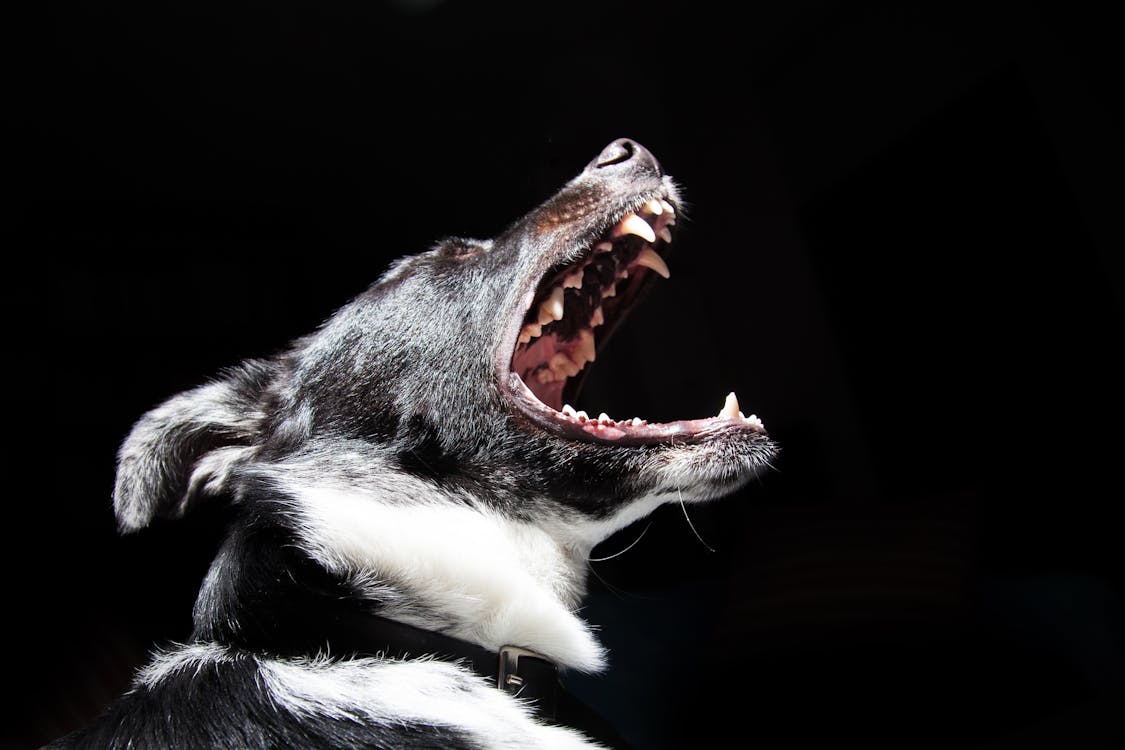If you've recently adopted a puppy or kitten, there may be a few small baby teeth around the home. No reason to panic! This is perfectly normal for young pets and is a process known as teething.
In the blog below, you will learn what to look out for when puppies and kittens are teething and the signs that indicate that the pet is getting a new teeth.
An introduction to kitten teething
Birth - 2 weeks: In the first few weeks of life a kitten is completely toothless. Otherwise, sucking would be painful for the mother.
2 - 4 weeks: Within two to three weeks, the first teeth slowly grow, first the incisors, then the fangs and finally the molars.
5 - 8 weeks: The milk teeth are usually all there by around eight weeks. This is the time to switch to solid cat food.
11 weeks: After about eleven weeks, the milk teeth begin to fall out again. Most kittens swallow their milk teeth. But it is normal and harmless to the animal.
3-4 Months: Now the adult teeth begin to grow - first the incisors, then the fangs and finally the premolars and molars.
6 months: This is the perfect time to visit the vet to see if the teeth are okay or need correction.
7 months: As your kitten grows, her skull and jaw proportions will change from a rounded head to a more pronounced head shape. By now the cat should have all 30 adult teeth.
Signs your kitten is teething:

- Patting the mouth and shaking the head: This is a sign that the kitten is trying to remove a loose tooth.
- More sensitive: The kitten may be grumpy because his mouth and gums are sore. Try not to touch the kitten's face too often as it may make her uncomfortable.
- Missing teeth: This is a clear sign that your kitten is teething. They may lose teeth, but it's also common for the kittens to swallow their baby teeth, which isn't a health concern.
- Increased chewing: This relieves the pressure caused by the change of teeth.
- Bleeding Gums: You may see blood stains in the food or water bowl.
An introduction to puppy teething

Birth - 2 weeks: Puppies have no teeth right after birth. During this time they are still nursing and should stay with their mother.
5-6 weeks: By this time, all of the puppy's milk teeth should be erupting. Dogs usually have around 28 milk teeth in total. Consider switching to moist and soft foods.
2-3 months: Now the puppy is slowly losing its baby teeth and the adult teeth are starting to come through. You might find tiny teeth here and there, but don't worry if you don't, as puppies sometimes choke on their teeth, which is harmless.
It is also recommended to give your dog a soft chew toy (e.g. a Kong) during this time as teething can be painful.
6 months: All baby teeth should be out now and all 42 adult teeth should be growing through. Consult a veterinarian if you find that there are still baby teeth that may need to be removed.
Signs your puppy is teething:

- Persistent licking of part of the mouth: Puppies usually do this when one of their teeth is loose and they are trying to pull it out with their tongue.
- Drowsiness: Puppies teething can be a painful process. As a result, the puppies are often tired and appear to have less energy. To relieve the pain, you can have a soft chew toy ready.
- Whining: If your puppy begins to whine while chewing or eating a toy, this may be a sign of teething. Your teeth are very sensitive during this time and it is very likely that you will feel uncomfortable. If the animal is whimpering excessively or unusually, this can be a sign of severe pain. In this case, a doctor should be consulted.
- Increased Chewing: As adult teeth grow, puppies will look for objects to chew on to relieve pressure on their gums.
- Bleeding Gums: You may notice red and swollen gums and bleeding gums in your puppy. If you have the feeling that it is bleeding too much then you should definitely go to a veterinarian and ask.



